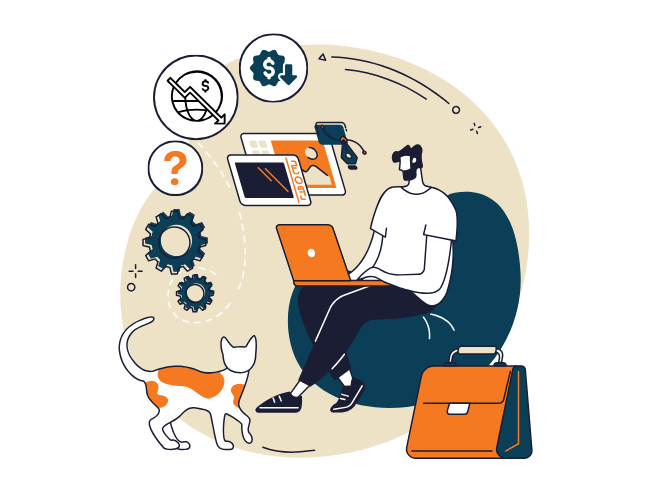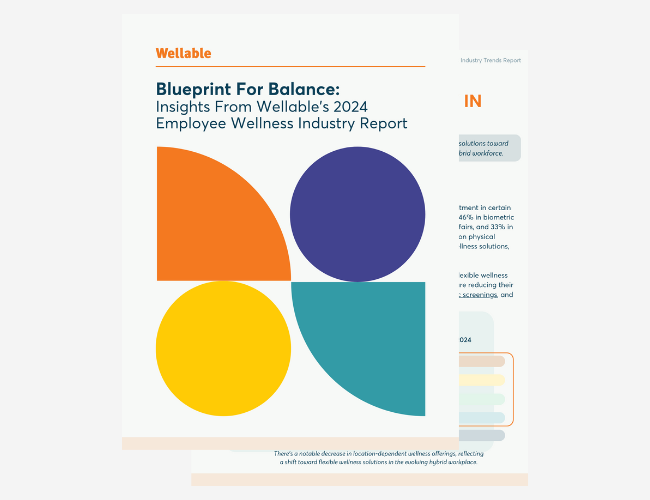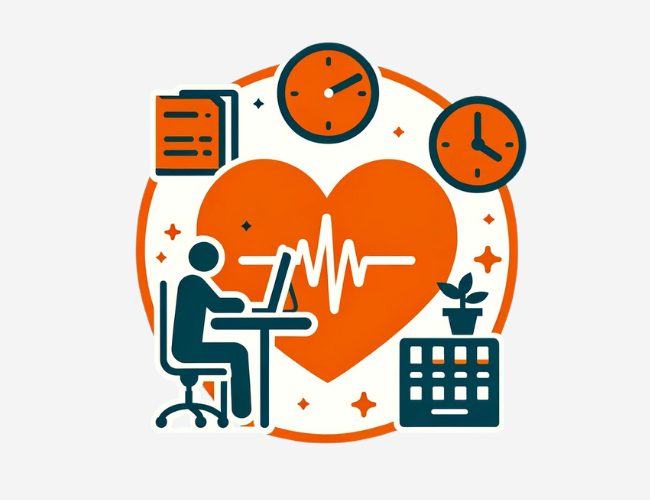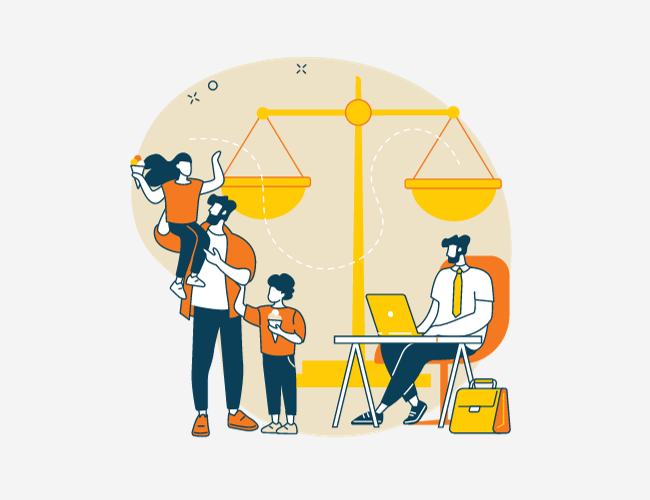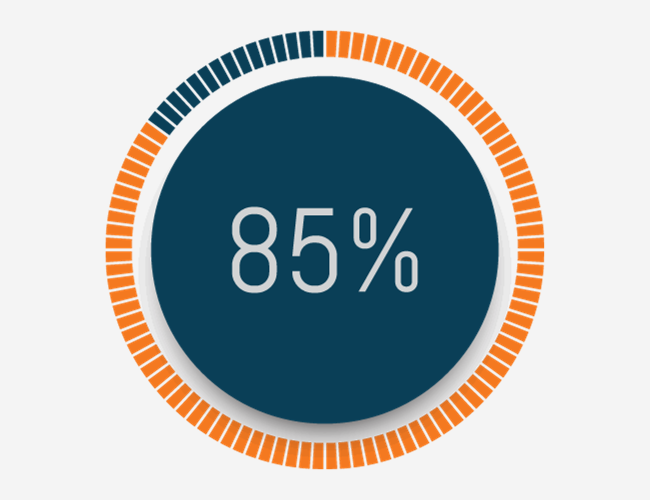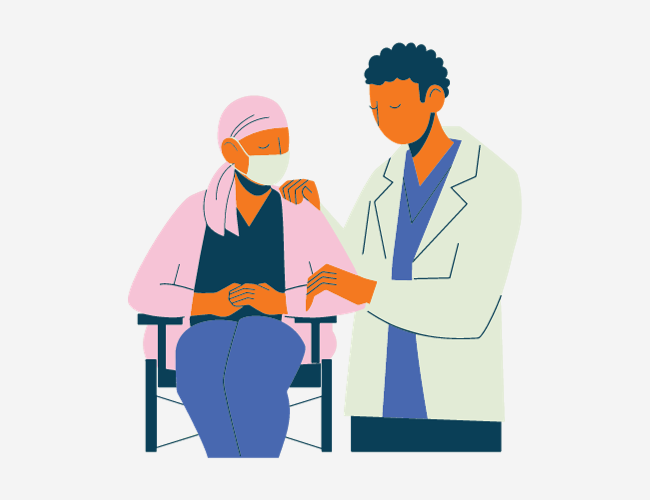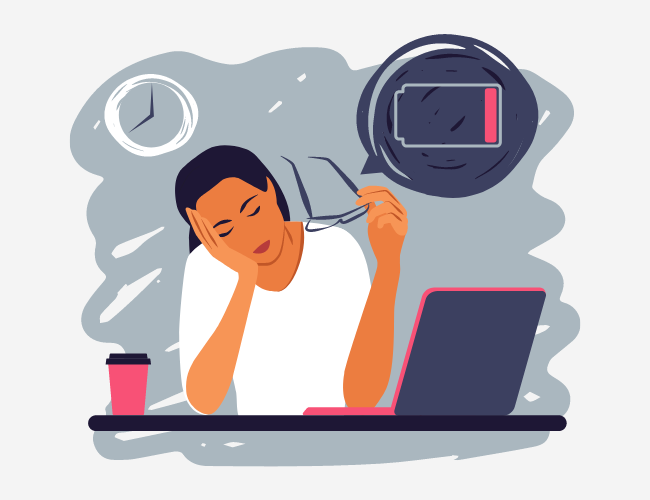Eating a healthy diet at work can be challenging. Easy access to vending machines, office snacks, and constant celebrations can make treats difficult to resist. Adding to that, many employees who work long hours eat breakfast, lunch, and dinner in the workplace cafeteria. As a result, employees can overeat or make poor food choices, leading to weight gain or obesity, which can result in numerous health problems.
Fortunately, a new study by Harvard shows how one organization teamed up with its onsite cafeteria to help employees easily make better food choices. It provides some sage advice for employers looking to improve the way their employees eat at work.
Helping Hospital Employees Eat Better
The study looked at more than 5,500 employees of Massachusetts General Hospital to see how two changes would affect employees’ purchase choices in the cafeteria. One change was labeling the products in terms of health, and the other was altering the location of the food.
The hospital assigned foods “traffic light” labels. Foods were categorized on whether the main ingredients had positive criteria (fruit or vegetable, whole grain, lean protein, or low-fat dairy) or negative (saturated fat or high-calorie count). Foods with more positives than negatives were labeled green. Those with equal positive and negative were marked yellow, and foods with more negatives were marked red. The signage was visible, straightforward, and made it easy for employees to know where a particular item fell in the healthy range.
The hospital also re-arranged the food location, putting healthier ones at eye level. The hospital also set baskets of plastic water bottles near food stations to make them easy to grab.
Within two years of these changes going into effect, employees reduced calorie consumption by 6.2%, which included a 23% decrease in calories from the least healthy foods.
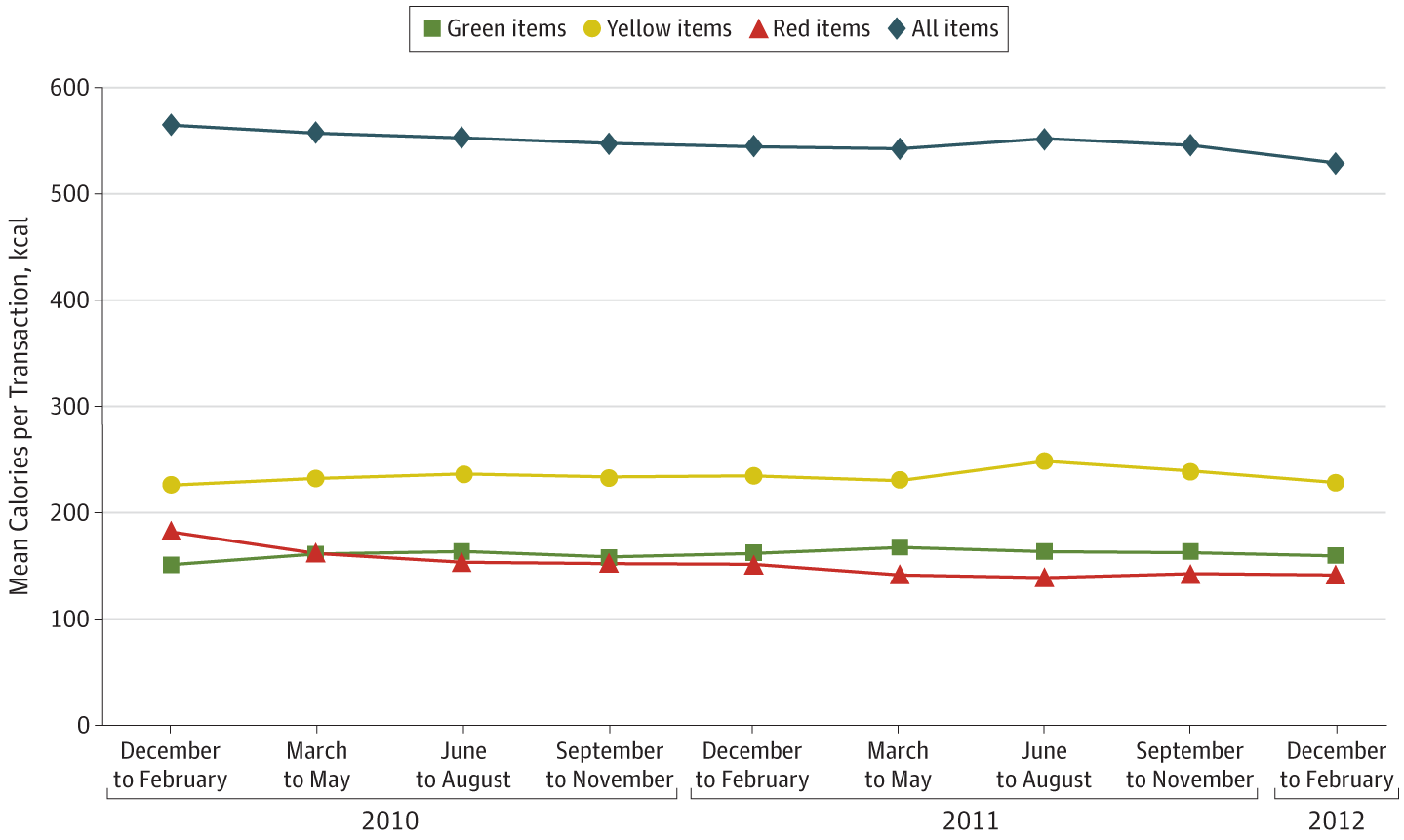
Google Nudged Employees To Cut 3 Million Calories
The hospital isn’t the only organization interested in helping employees make better choices. A few years ago, Wellable discussed how Google used the rearrangement of snacks to encourage employees to make better choices. In Google’s case, the company tested three types of interventions: (i) educating employees on foods to select, (ii) limiting options to only healthy ones, and (iii) nudging employees to make better choices. Google found that nudging was the most effective.
Instead of taking away the candy in the company’s micro kitchens, Google put the candy in opaque or colored containers so it was harder to see. Fresh fruit, dried fruit, nuts, and granola bars were highly visible in clear containers. Sure enough, employees selected the highly visible and healthier foods first. When Google expanded this program to its New York City office, employees ate 3.1 million fewer calories because of the swaps.
The Power Of Nudging
Both Massachusetts General Hospital and Google employed nudging, which is a theory of behavioral economics. Nudging, also called choice architecture, gives employees freedom of choice but makes it easier for them to select the option that is in their best interest.
Nudging is not new. Businesses often do it during employee onboarding when, to assist employees with long-term financial stability, employees are automatically enrolled in the company’s 401(k) program. Employees can opt out, but the default is to auto-enroll. Behavioral economists caution that nudging should be transparent, so it does not appear to be manipulation.
As the obesity epidemic continues to grow, Massachusetts General Hospital and Google provide insight on how companies with wellness programs can help employees make better food choices at work with easy swaps and gentle nudges.




